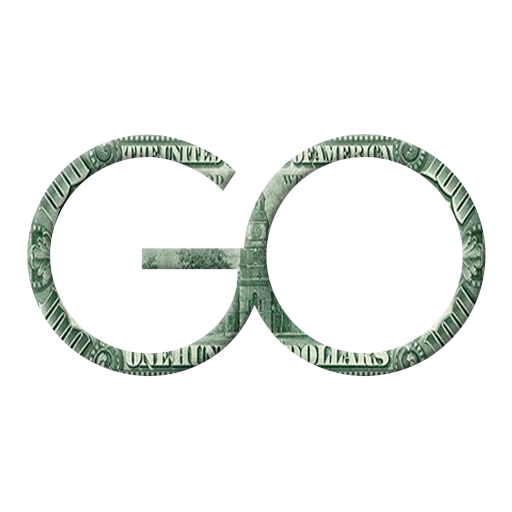When it comes to creating scalable client acquisition systems, cold emailing for sales success is a timeless and surprisingly potent method. Even though newer channels like social media and SMS marketing dominate attention, cold email remains an ROI powerhouse—especially for B2B sales. However, this method only delivers when done with the right blend of psychology, precision, and consistency.
Let’s break down exactly how to master cold emailing from subject line to sales funnel, with no stone left unturned.
1. Building the Right Cold Outreach Strategy
First and foremost, a cold emailing campaign is only as effective as its foundation. Therefore, your strategy must start with defining your Ideal Customer Profile (ICP). Who exactly are you reaching out to? What industry are they in? What role do they have in the decision-making process? Without clarity here, your emails will fall flat.
Next, build a qualified list of prospects. This means doing more than pulling names from a directory—you need context. Use tools like LinkedIn Sales Navigator, Apollo.io, or Hunter.io to curate a list of people who align with your offer. Include tags like job title, industry, company size, or common pain points. By segmenting this list, you can tailor your outreach with laser precision.
Additionally, always warm up your domain if you’re planning a bulk campaign. Cold emails from a new or dormant domain often get flagged. Use warm-up tools like MailWarm or Lemwarm to build a solid sender reputation before going live.
2. Subject Line Optimization
Now, let’s talk about the first impression—your subject line. In most cases, it determines whether your email gets opened or ignored.
To optimize this element, keep the following rules in mind:
- Short and sweet: Aim for 5–7 words max. Emails with short subject lines have up to 58% higher open rates.
- Personalized: Use the person’s name, company name, or mutual connection when possible.
- Curiosity-inducing: Tease value without giving it all away. For example, “Saw this opportunity for [Company Name]” works better than “Here’s my service.”
Split-test different subject lines across your campaign. Over time, your data will tell you what resonates most with your audience.
3. Mastering Personalization Techniques
The next critical ingredient in your cold email recipe is personalization. People can sniff out a generic template from a mile away. You must make them feel like the message was written just for them.
Go beyond first names. Mention a blog post they wrote, a podcast they appeared on, or a recent company milestone. Even referencing a mutual connection or shared experience can boost your reply rate dramatically.
Use this simple personalization framework: Trigger (why you’re reaching out) + Value (what you offer) + Next Step (call to action)
Example:
“I came across your recent post about scaling customer service using AI—super insightful. I work with founders to implement systems like these without needing a full dev team. Would it make sense to send you a quick demo?”
This level of context increases the likelihood that they’ll engage.
4. Writing Emails That Convert
The structure of your cold email needs to guide the reader from curiosity to action. Use this five-part formula:
- Hook – The opening line should grab attention.
- Relevance – Explain why you’re reaching out specifically to them.
- Value Proposition – State what problem you solve or benefit you offer.
- Social Proof – Mention results, companies you’ve helped, or testimonials.
- Call to Action – Ask for a clear, simple next step.
Avoid fluff. Keep your email to 100–150 words. People are busy, and clarity always beats cleverness.
Also, ditch long paragraphs. Use spacing and bullet points for readability. If your email looks like work to read, it won’t get read.
5. The Art of Follow-Up Emails
Many salespeople stop after the first email. Don’t make that mistake. According to HubSpot, 80% of sales require at least 5 follow-ups.
However, these follow-ups should add new context or value each time. Don’t just say “bumping this up.” Instead, share a new resource, insight, or question. You’re building a relationship—not just chasing a lead.
Here’s a sample follow-up structure:
- Day 3: A quick reminder with a helpful stat
- Day 6: Share a short case study or testimonial
- Day 10: Ask a question that invites dialogue
- Day 14: Final check-in with a light ask
Automate your follow-up sequence using tools like Mailshake, Lemlist, or GMass, but always add personalized elements before sending.
6. Integrating Cold Emails into Your Sales Funnel
Cold emailing works best when it’s part of a broader sales ecosystem. Don’t treat responses as isolated wins—route them into your CRM or email nurture campaign.
For example:
- If a prospect clicks your link, tag them as “engaged” and move them into a nurture workflow.
- If they reply but don’t book, set a manual task for a follow-up call.
- If they ghost after a meeting, add them to a re-engagement sequence in 60 days.
Integrating cold outreach into your full funnel increases conversion, boosts ROI, and creates scalable deal flow.
7. Tracking, Testing, and Optimizing
Lastly, what gets measured gets improved. Use tools like Yesware, Mixmax, or HubSpot to track open rates, click-through rates, and response rates.
These metrics tell a story:
- Low open rates? Rework your subject lines or test different send times.
- Low response rates? Improve personalization or your value proposition.
- High bounce rates? Clean your list or validate emails before sending.
Treat your cold emailing strategy like a living campaign—always testing, refining, and improving your approach.
Final Thoughts
Mastering cold emailing for sales success isn’t about using spammy templates or sending mass messages. It’s about understanding your audience, showing up with relevance, and delivering value before asking for anything in return.
Cold email is a conversation starter. With the right tools, a strong strategy, and a mindset rooted in service—you can turn cold contacts into warm relationships and, ultimately, into loyal customers.













